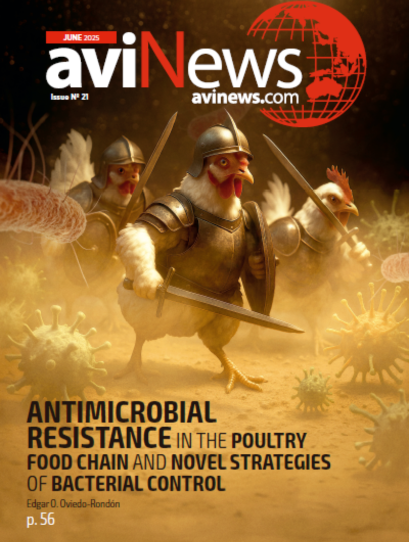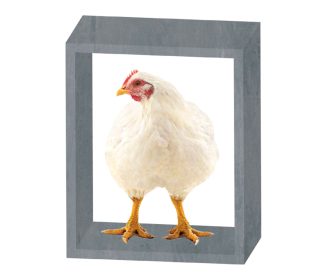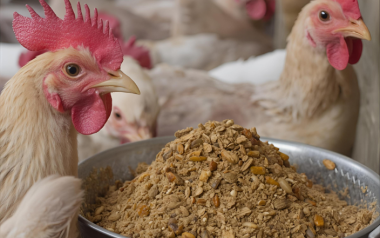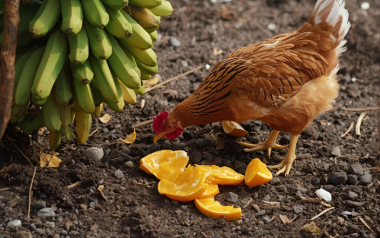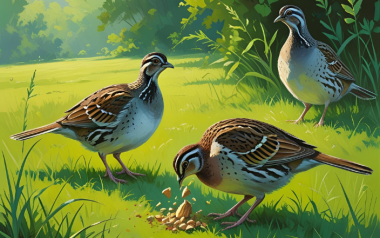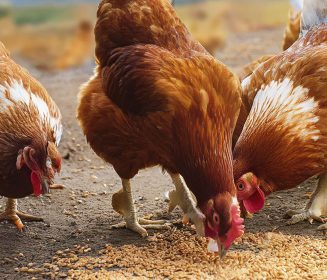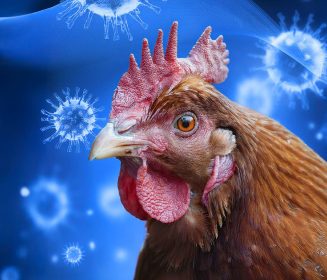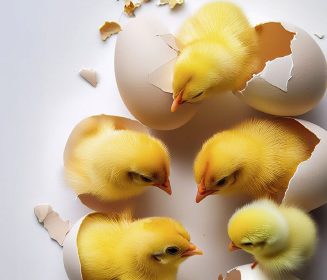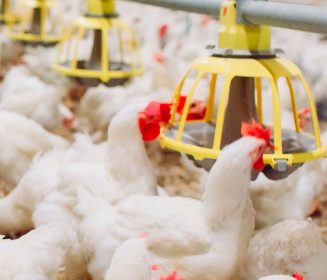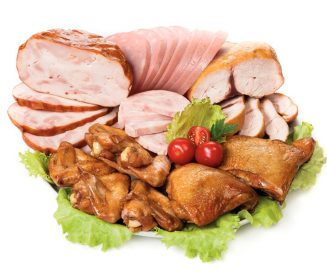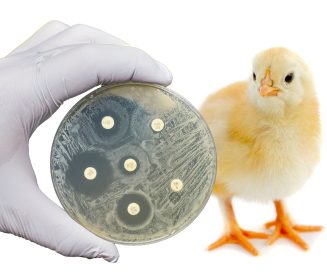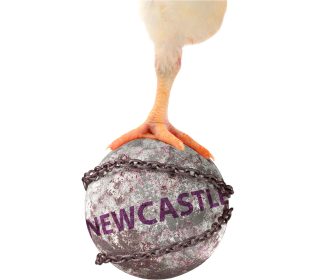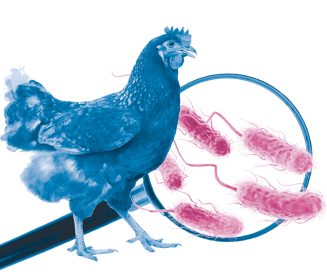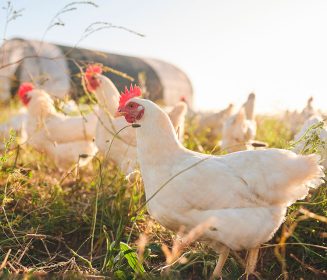10 Jul 2025
What’s at stake in India-US agriculture trade talks
India should ensure that trade liberalization does not come at the cost of its farmers’ survival.
As India and the US approached the July 9 deadline for a new bilateral trade agreement, agriculture has emerged as the make-or-break issue. The US wants deeper market access, while India is wary of the consequences, wrote Shweta Saini, Agriculture Economist and T Nandakumar former Agriculture Secretary to the Government of India in a report.
At the heart of this stalemate are five key agricultural issues:
- Corn
- Soybean
- Ethanol
- Dairy
- Poultry
These are not just trade lines; they are political red lines. At stake is the livelihood of millions of Indian farm household and the government’s food and energy self-reliance goals.
Corn
Corn is central to India’s crop diversification efforts, especially in Punjab, Haryana and Uttar Pradesh. The government wants farmers to move away from water-guzzling paddy to corn.
Its fast-growing poultry sector, expanding at 8-10% annually, also depends on corn as feed.
However, India produces just enough corn to meet domestic demand. In the past two years, India has imported around 1 million tons annually. With ethanol blending programs accelerating, corn is being pulled in even more directions.
If India allows duty free imports of US corn today, the landed price (including discharge and bagging cost at port warehouse) would be about USD 26.22 per quintal. The MSP for the upcoming kharif season is USD 27.97 per quintal.
This would make domestic cultivation unviable for India’s 8-9 million corn farmers. Worse, it could open the gates to genetically modified (GM) corn — exposing Indian farmers, who are not allowed to grow GM varieties, to unfair competition.
Soybean
Despite strong domestic production, soybean farmers are struggling with low mandi prices.
Cheap imports of cheap soybean oil have hurt domestic crushers, who are also struggling with a global crash in soybean meal prices and aggressive competition from ethanol by-products like distillers dried grains with solubles (DDGS).
Between December 2023 and March 2025, crushing margins have dropped by nearly 15%, discouraging processors and hurting India’s 6 million soybean farmers. Many are planning to shift from soybean this kharif season.
Some economists argue that India should import US soybeans, crush them locally for oil, and export the meal. But this assumes that domestic production is insufficient and the global demand for the meal is limitless. Both are questionable assumptions in today’s oversupplied market.
If India wants to achieve some self-reliance in edible oils, it must support its farmers, not offshore the opportunity.
Poultry
In the US, chicken legs—considered ‘dark meat’—are less desirable than boneless breasts. In India, they are a delicacy.
This mismatch creates a strong incentive for US exporters to push chicken legs in India.
India currently imposes a 100% duty on chicken leg imports. If removed, landed US legs could retail at USD 2.91-3.50/kg, far lower than domestic prices.
This would undercut not only Indian poultry farmers but also the domestic chicken meat ecosystem, which is deeply interlinked with corn, soybean meal, and rural employment.
Trade on India’s terms
India cannot isolate itself from global markets—but it must engage with them on its own terms.
The 2024 OECD shows the stark contrast:
- The average Indian farmer earns 25% below global prices and receives just USD 366 in annual support.
- The average US farmer earns above world prices and receives USD 17,100 in subsidies, and farms on land that is 160 times larger.
Agriculture is not just an economic sector in India. It is cultural, political and deeply human.
India must open its markets gradually and strategically, ensuring that liberalization does not come at the cost of its farmers’ survival.
Trade negotiations must be calibrated to protect both rural livelihoods and national food security.

